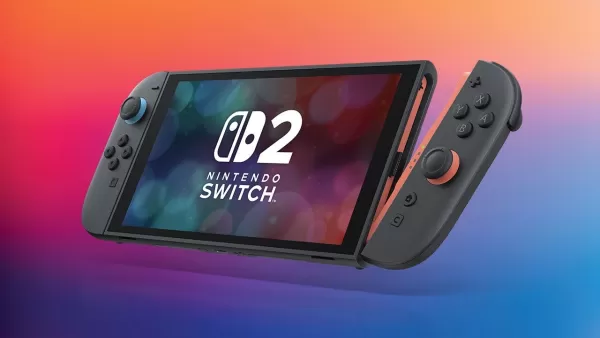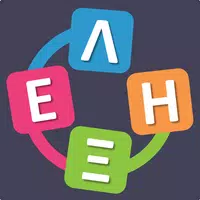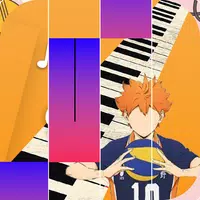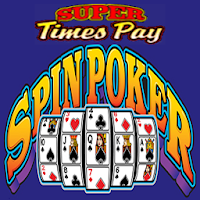

Early April's Nintendo Switch 2 Direct presentation concluded with unsettling silence about pricing. Fans' worst fears materialized when Nintendo confirmed the new console would retail at $449 - a $150 jump from the original Switch's launch price. The announcement came paired with another shock: Mario Kart World, the system's flagship title, would cost $80 at launch.
From Panic to Record-Breaking Projections
The immediate fan reaction recalled painful memories of the Wii U era, with many predicting doom for Nintendo's latest hardware. Why would consumers pay current-gen console prices for what essentially remains last-gen technology? Yet industry analysts quickly silenced these concerns, with Bloomberg projecting the Switch 2 could achieve unprecedented 6-8 million unit sales in its launch window.

Learning From Past Failures
Nintendo's history reveals why the Switch 2 stands poised for success. The disastrous Virtual Boy (1995) demonstrates what happens when technology fails to meet consumer expectations. Conversely, the Wii proved Nintendo's ability to deliver groundbreaking innovations that capture mainstream appeal. The original Switch's hybrid design became its generation-defining feature - so successful that maintaining it became essential despite hardware limitations.
The Content Factor
The Wii U's failure wasn't just about unappealing hardware - it suffered from insufficient compelling software. Switch 2 inherits Nintendo's strongest-ever game library while introducing revolutionary titles like the open-world Mario Kart World. Combined with graphical upgrades and a pipeline including Donkey Kong's first 3D adventure since 1999 and an exclusive FromSoftware project, Nintendo has crafted undeniable reasons to upgrade.
Pricing in Context
At $449, the Switch 2 matches current industry standards - equivalent to disc-based PS5 pricing and only slightly above Xbox Series X. While its hardware capabilities might suggest Series S-level pricing, Nintendo's unique value proposition extends beyond raw technical specs.






